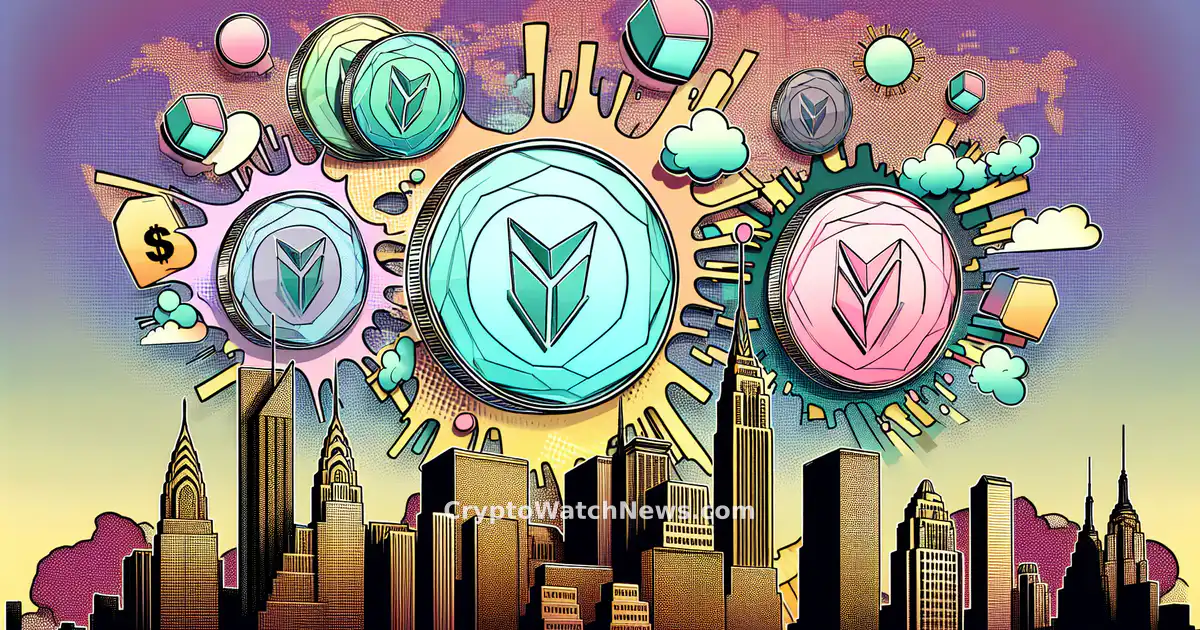Ethereum's Scalability Challenges and Solana's Opportunity
In the rapidly evolving world of decentralized finance (DeFi), Ethereum has long held the mantle as the pioneering force, especially with its robust smart contract capabilities. However, as we approach 2025, concerns about Ethereum’s scalability continue to pose challenges, casting doubts on its ability to fully support global financial markets. Enter Solana, a blockchain platform that Kyle Samani, chairman of Forward Industries, believes is uniquely positioned to fill this gap. According to Samani, Solana’s architecture is not only capable of handling large-scale capital market applications but could potentially outshine traditional financial giants like Wall Street.
Samani, often likened to Michael Saylor for his fervent advocacy of Solana, sees vast potential in Solana’s infrastructure. While this comparison might be flattering, Samani emphasizes that his vision extends beyond mere treasury management strategies. His firm, Forward Industries—one of the most significant holders of Solana tokens—has set its sights on integrating capital markets into the blockchain ecosystem. This ambitious endeavor includes efforts to tokenize equities and streamline processes related to shareholder governance, dividends distribution, and fundraising activities.
Project Crypto and the Shift Toward Blockchain
The momentum towards blockchain-based financial systems received a notable push from an unexpected quarter—the Securities and Exchange Commission (SEC). In a pivotal speech by SEC Chair Paul Atkins, dubbed “Project Crypto,” there was an open acknowledgment of exploring possibilities for bringing U.S. securities markets onto blockchain platforms. For Samani and other blockchain enthusiasts, these remarks serve as a beacon of opportunity indicating a significant shift in how traditional financial operations may soon align with decentralized technologies.
Samani interprets Atkins’ stance as more than just regulatory rhetoric; he views it as an overture that validates blockchain technology's potential role in shaping future financial infrastructure. Within this framework, he argues that Solana stands out due to its speed and efficiency—a characteristic critical for supporting complex financial operations across global scales.
The Road Ahead: Opportunities and Challenges
While enthusiasm runs high regarding Solana’s capabilities and future prospects within global capital markets, several questions remain unanswered about whether it can realistically vie against entrenched institutions like Wall Street. The road ahead is fraught with potential pitfalls such as navigating regulatory landscapes and thriving amidst inevitable bear markets—all while ensuring technological reliability over extended periods.
One promising avenue explored by Samani involves staking features being incorporated into exchange-traded funds (ETFs) built on Solana’s network—an innovation aimed at further embedding blockchain technology within mainstream investment vehicles. However daunting these tasks may appear now though – particularly given ongoing fluctuations affecting broader crypto ecosystems – Samani remains bullish about what lies ahead: seeing untapped potentials poised once properly harnessed through concerted efforts among innovators willing enough take calculated risks necessary drive industry forward.
